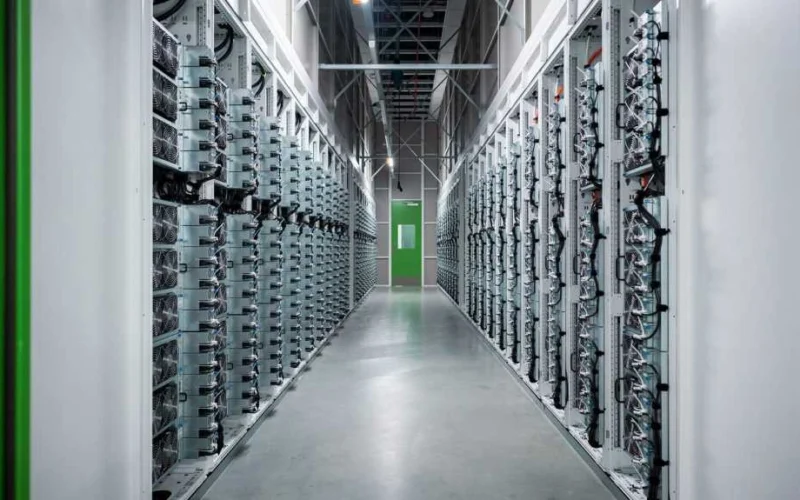Microsoft has recently experienced the departure of two key leaders in its AI infrastructure division, raising concerns about the company’s ability to address growing demands for AI capacity amid data center challenges. Nidhi Chappell, who was the head of AI infrastructure, and Sean James, the senior director of energy and data center research, have both left the company. Chappell had been instrumental in expanding Microsoft’s AI GPU fleet, which supports the AI workloads for major partners like OpenAI and Anthropic.
These exits occur at a crucial time when Microsoft is heavily investing in new data center locations, energy agreements, and custom hardware to accommodate the surge in AI usage. However, the company is facing increasing challenges related to power availability and infrastructure bottlenecks that threaten to slow its progress.
Analysts have pointed out that losing high-level professionals from these critical roles could significantly setback Microsoft during this pivotal moment in the race for AI data center expansion. Neil Shah, a partner at Counterpoint Research, noted that the complexities of resolving energy issues in data centers are not trivial, and these departures might reflect strategic differences as the executives move to companies like Nvidia, where they may have greater opportunities for impact.
Despite these setbacks, experts believe that Microsoft retains a strong capability to persist in expanding its AI infrastructure. The company’s vast resources and ecosystem can potentially allow it to overcome these hurdles. However, there are concerns that the pace of AI advancements may outstrip the company’s ability to manage the physical infrastructure needed to support it. Specifically, issues around the timely energization of new data center facilities to accommodate arriving GPUs have become a pressing concern, with power availability now overtaking silicon availability as the primary bottleneck.
James’ shift to Nvidia suggests that the vendor ecosystem may play a pivotal role in addressing these industry-wide energy constraints, potentially leading to more efficient designs in AI infrastructures that could benefit other enterprises. The implications of these changes are significant, as the design and efficiency of energy systems and data centers are increasingly central to the competitiveness of AI technology in the market.
For further details on Microsoft’s AI infrastructure developments, you can explore the following links:










